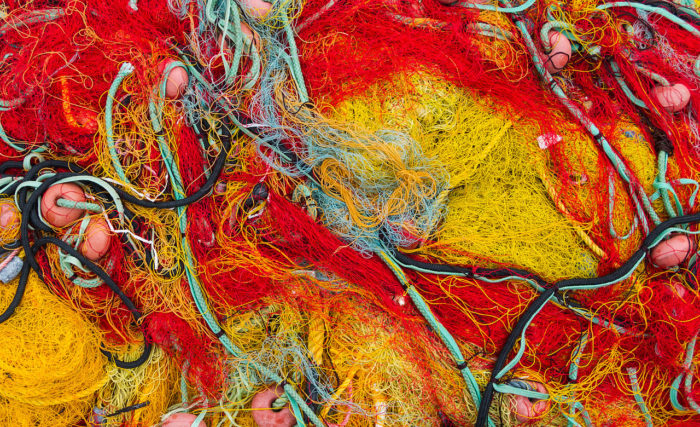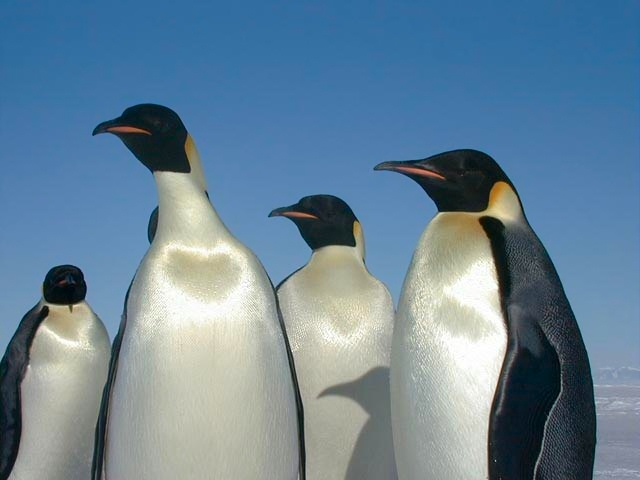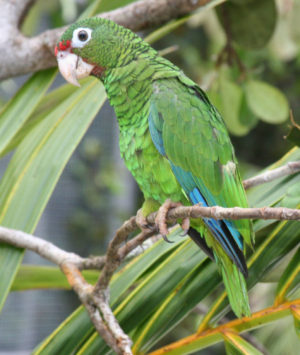LEDs on Fishing Nets Reduce Seabird Deaths
By illuminating fishing nets in the waters off Peru with lights, researchers have shown that they reduce seabird deaths by 85%.
 Image: By Jebulon [CC0], from Wikimedia Commons
Image: By Jebulon [CC0], from Wikimedia Commons Fishing nets take a huge toll on seabirds and many marine species. A new study, published in the Royal Society journal Open Science, has shown that illuminating the nets with low-cost lights could reduce the impact they have.
For the study, a team of international researchers compared 114 pairs of gillnets, which are anchored in fixed positions at sea and designed to snare fish by the gills, in fishing waters off the coast of northern Peru. They discovered that the nets fitted with green battery-powered light-emitting diodes (LEDs) caught 85% fewer guanay cormorants – a native diving bird that commonly becomes entangled in nets – compared with those without lights.
Coupled with previous research conducted by the same team, that showed LED lighting also reduced the number of sea turtles caught in fishing nets by 64 per cent, the researchers believe the lights offer a cheap, reliable and durable way to dramatically reduce the capture and death of birds and turtles, without reducing the intended catch of fish.
Lead author Dr Jeffrey Mangel, from the Centre for Ecology and Conservation at the University of Exeter, said: “We are very encouraged by the results from this study. It shows us that we may be able to find cost-effective ways to reduce bycatch of multiple taxa of protected species, and do so while still making it possible for fishers to earn a livelihood.”
Peru’s gillnet fleet comprises the largest component of the nation’s small-scale fleet and is conservatively estimated to set 100,000 kilometres of net per year in which thousands of turtles and seabirds will die as “bycatch” or unintentionally.
The LED lights were attached at regular intervals to commercial fishing gillnets which are anchored to the bottom of the water. The nets are left in situ from late afternoon until sunlight, when the fishermen collect their haul.
The researchers used 114 pairs of nets, each typically around 500 metres in length. In each pair, one was illuminated with LEDs placed every ten metres along the gillnet floatline. The other net in the pair was the control and not illuminated. The control nets caught 39 cormorants, while the illuminated nets caught just six.
A previous study, using the same LED technology, showed they also reduced the number of sea turtles also caught in gillnets. Multiple populations of sea turtle species use Peruvian coastal waters as foraging grounds including green, olive ridley, hawksbill, loggerhead and leatherback.
For that study, the researchers found that the control nets caught 125 green turtles while illuminated nets caught 62. The target catch of guitarfish was unaffected by the net illumination. They are now working with larger fisheries in Peru and with different coloured lights to see if the results can be repeated and applied with more critically endangered species.
Professor Brendan Godley, co- author of the study also from the University of Exeter, said: “It is satisfying to see the work coming from our Exeter Marine PhDs leading to such positive impact in the world. We need to find ways for coastal peoples to fish with the least impact on the rest of the biodiversity in their seas.”





Sorry, comments are closed on this post